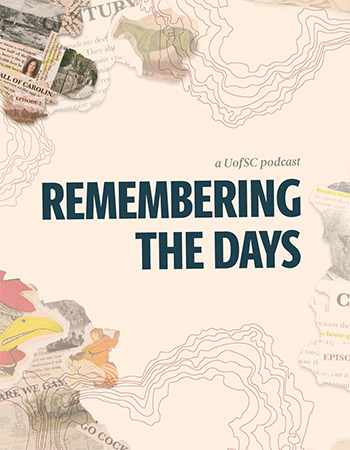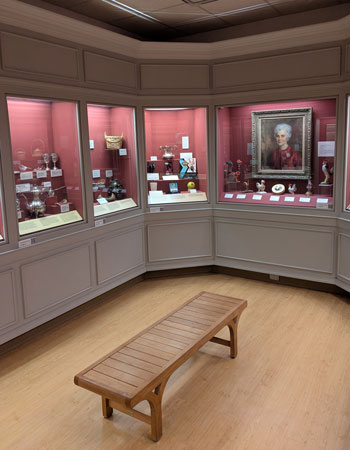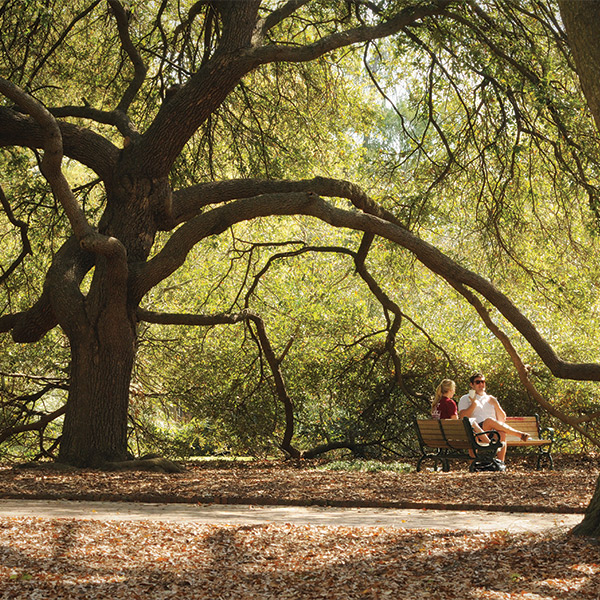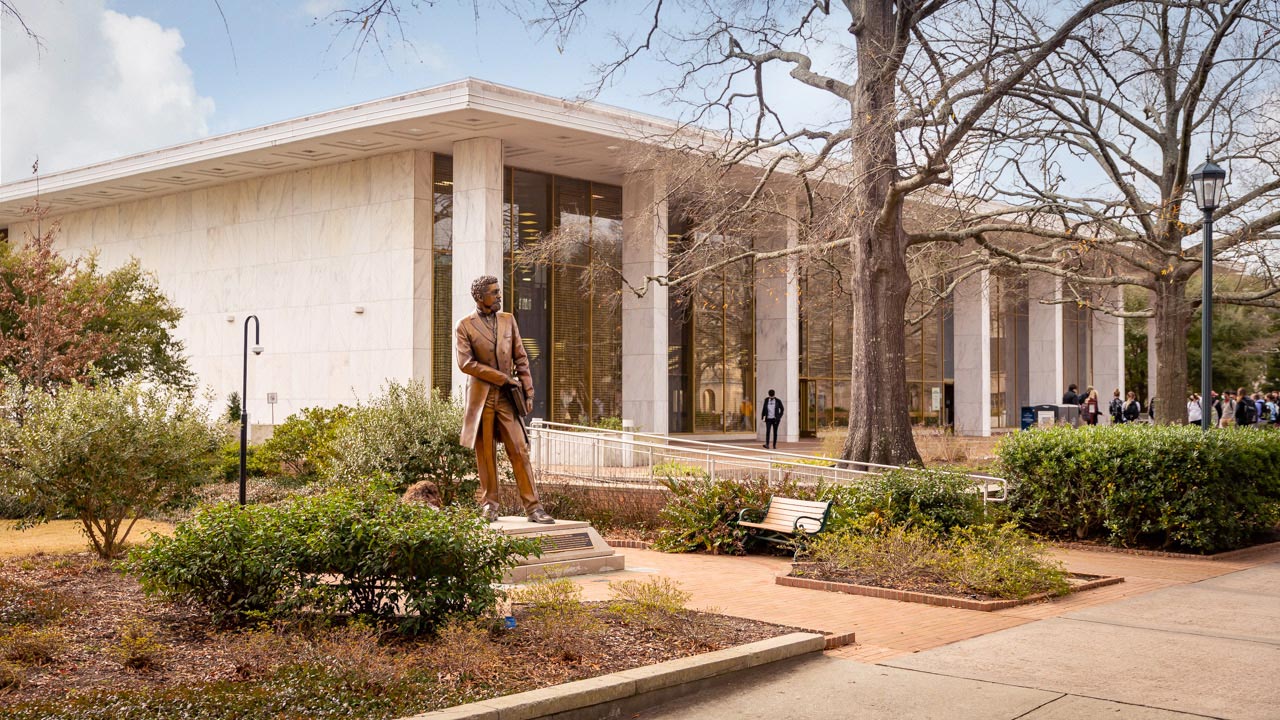
Our History
Across more than two centuries, we've not only grown into South Carolina's flagship university. We've become more than our founders ever imagined possible.
Chartered in 1801, the then-antebellum college focused on the classics, even as enslaved people worked on campus. During the Civil War, the college closed, later reopening during Reconstruction as the University of South Carolina, a model for multiracial education. After Reconstruction, USC was segregated until 1963 when Robert G. Anderson, Henrie Monteith Treadwell, and James L. Solomon Jr. enrolled as students.
After World War II the university experienced an enrollment boom that continues today. Explore the university’s deep history with this comprehensive research guide.
Explore South Carolina's Roots
-
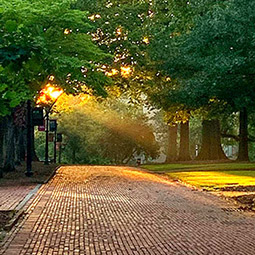
Timeline
Explore how South Carolina College grew from a post-Revolutionary War effort in 1801 into a 21st-century academic community.
-
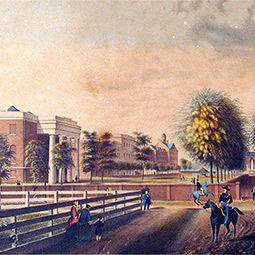
Historic Horseshoe
Delve into the history of the Old Campus and its iconic Horseshoe, where centuries have unfolded since the university’s founding.
-
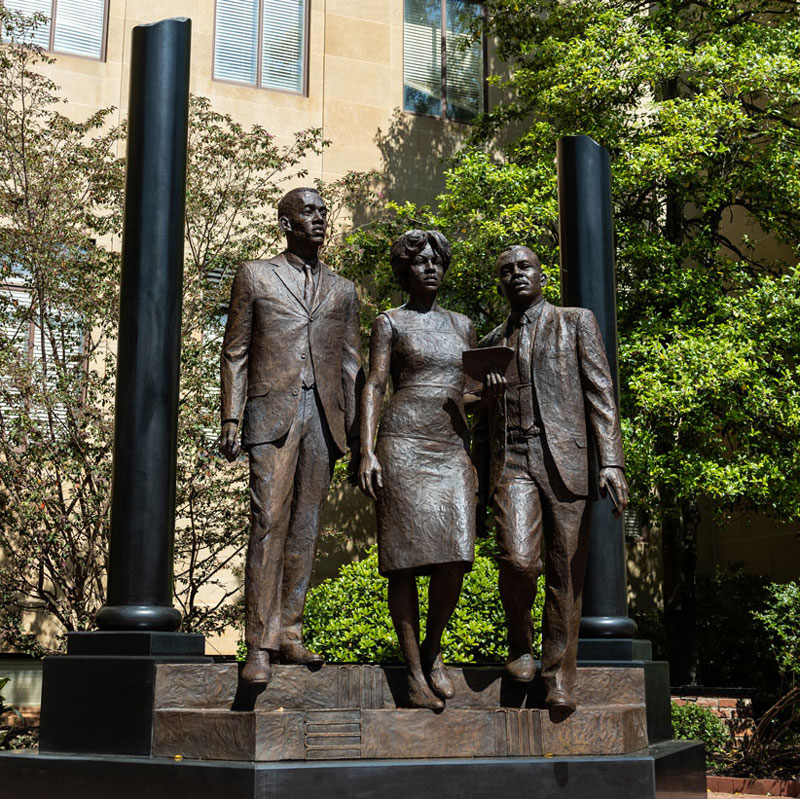
Monuments
Explore meaningful places and acknowledgments of the past that are memorialized throughout the Columbia campus.
-
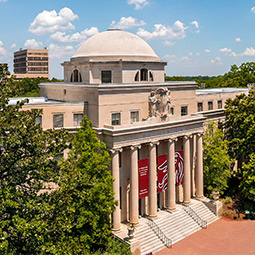
Architecture and Green Spaces
Get behind-the-scenes perspective about iconic campus structures and intentional spaces that have meaningful stories to tell.
Understanding the university's broader story and sharing it with the world can be
a painful reckoning. To those purposefully and inadvertently excluded over the years,
however, it's a task long overdue.
Charged to research, make recommendations and take action, the Presidential Commission on University History worked to give new voice and recognition to events and individuals who are essential to our full history.
